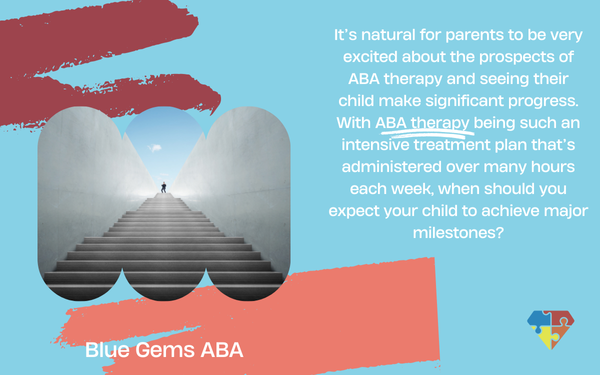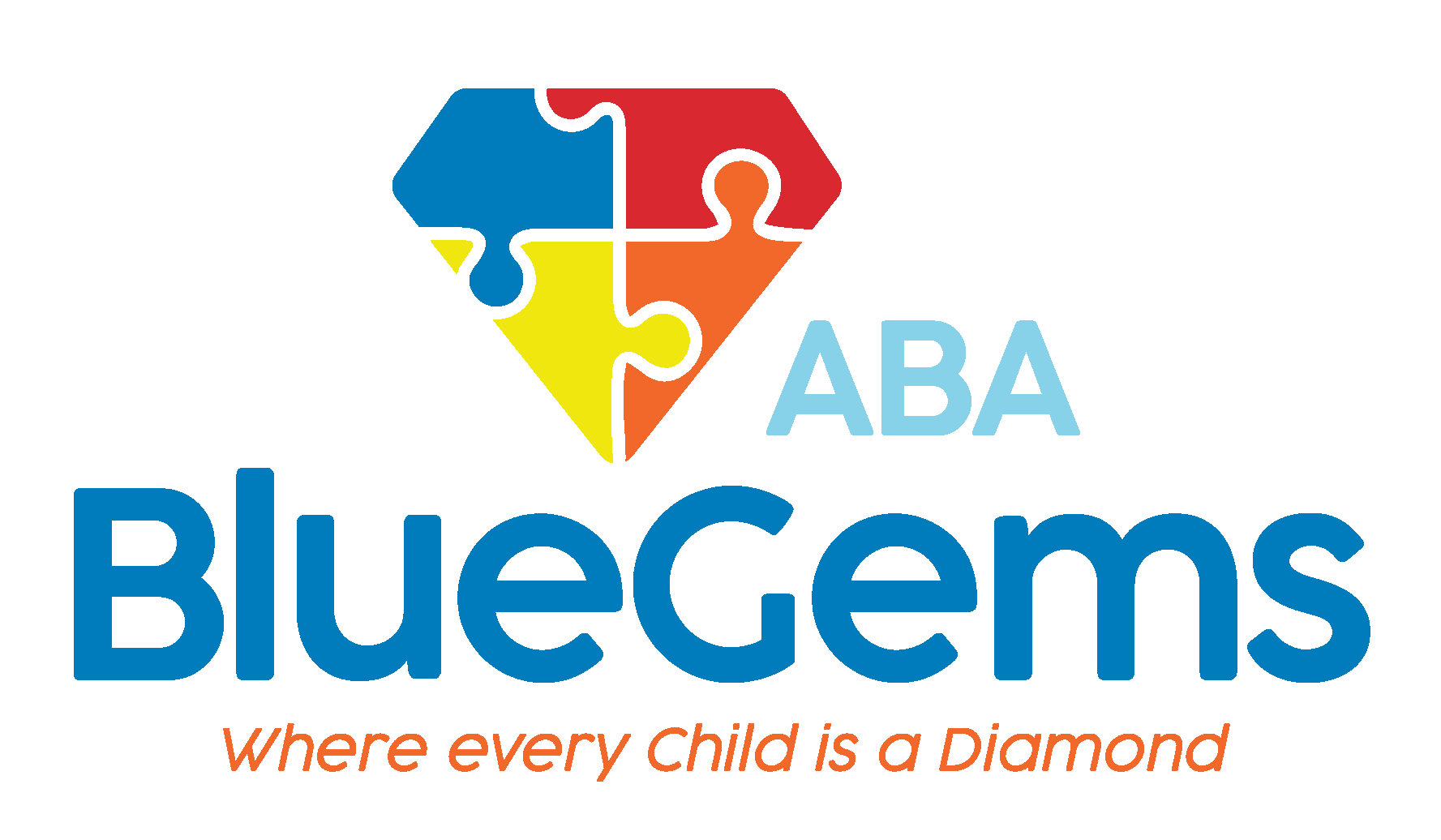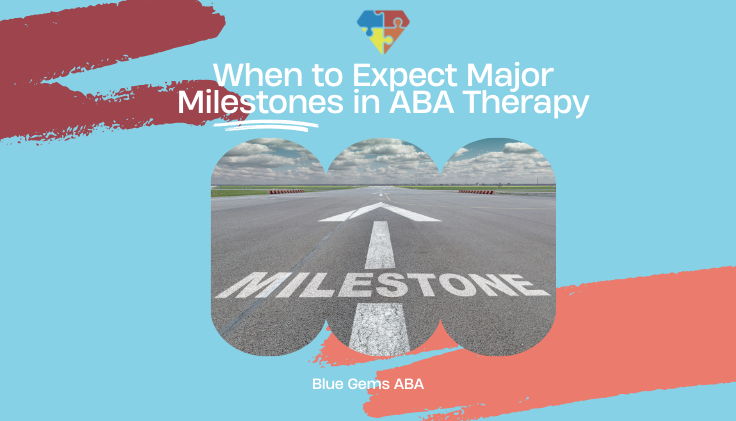When to Expect Major Milestones in ABA Therapy
Applied behavior analysis (ABA therapy) is commonly regarded as the leading treatment option for children with autism spectrum disorder (ASD). It’s been proven to help children with autism learn new skills related to communication and social interactions, while also helping them with daily life skills and modifying certain negative and/or harmful behaviors.
ABA therapy is a very flexible, adaptable and customizable treatment plan, which is one of the main reasons why it’s so highly regarded. Your child will receive an individualized treatment plan that specifically targets their strengths, challenges and preferences, and then this plan will be constantly monitored and adjusted as necessary based on their progress toward goals.
It’s natural for parents to be very excited about the prospects of ABA therapy and seeing their child make significant progress. With ABA therapy being such an intensive treatment plan that’s administered over many hours each week, when should you expect your child to achieve major milestones?

Let’s take a closer look at realistic expectations of ABA therapy.
Table Of Contents
The Initial Phase: The First Six Months
The first six months of your child’s ABA therapy can in a way be regarded as the “getting to know you” stage. This initial phase will include you and your child getting to know their therapy team, including BCBAs and RBTs who will have different roles in the process.
In the first few weeks, your child’s team will conduct initial evaluations and observations, as well as have conversations with you about your child’s development and challenges, and also explain to you the process.
They will then build out a personalized treatment plan for your child based on the feedback and their observations, and present that plan to you. It will include specific goals they’d like your child to achieve as well as the strategies they’ll follow to help them achieve them.
In the next few weeks, your child will begin to interact with their therapy team, as they build rapport and implement the various ABA therapy techniques. This is when data collection will begin, and that will be used at later stages to make adjustments to the plan.
Over the first three to six months, your child’s ABA therapy should begin to prove fruitful. You may notice more minor signs that the therapy is working at first, including complying with instructions better, improvement of basic communication skills and even a reduction in challenging behaviors.
While every child is unique, many show what could be considered significant strides within the first six months of ABA therapy.
The Intermediate Phase: The First Year
With consistent ABA therapy, many children can show significant improvements and reach major milestones between six months and one year.
For instance, many children will really see that their language develops at a significantly accelerated pace. They may start to learn how to properly speak and use new words, which can lead to them making requests and expressing their wants, needs and feelings.
They might become more comfortable in social situations, which could lead to them establishing eye contact better, engaging in reciprocal communication and playing with others.
Depending on your child’s specific goals, they may begin to become more independent in their daily routine, which could include feeding or dressing themselves. They could even display better cognitive skills such as solving problems on their own.
While this progress may seem gradual at times, it can lead to achieving major milestones at the end of only the first year.
The Long-Term Phase: After the First Year
How long your child requires ABA therapy is really dependent upon their initial needs and their progress in treatment. As they make progress and achieve major milestones in ABA therapy, the therapy team will be constantly evaluating data and making necessary adjustments, including refining techniques and/or setting up new goals to advance their skills even more.
Long-term goals of ABA therapy commonly include mastering more complicated social skills, improved emotional regulation on a consistent basis and increasing independence.
During this time, many parents see that their children will be able to consistently display the new skills they’ve learned in therapy in multiple different environments, which is a great sign that they’re mastering these skills.
After the first year, other common long-term goals and major milestones of ABA therapy include community involvement, gaining independence and integrating with peers in environments such as club activities and school.
Blue Gems ABA Helps Children with ASD Achieve Major Milestones
Through ABA therapy, children with ASD can achieve major milestones. While this progress may seem incremental at times, many children make huge strides in just the first few months of treatment.
At Blue Gems ABA, our team of experienced therapists is dedicated to helping our patients consistently achieve major milestones. We are constantly monitoring and tracking your child’s progress so that we can help them gain new skills by challenging them over time.
To learn more, please contact us today.




